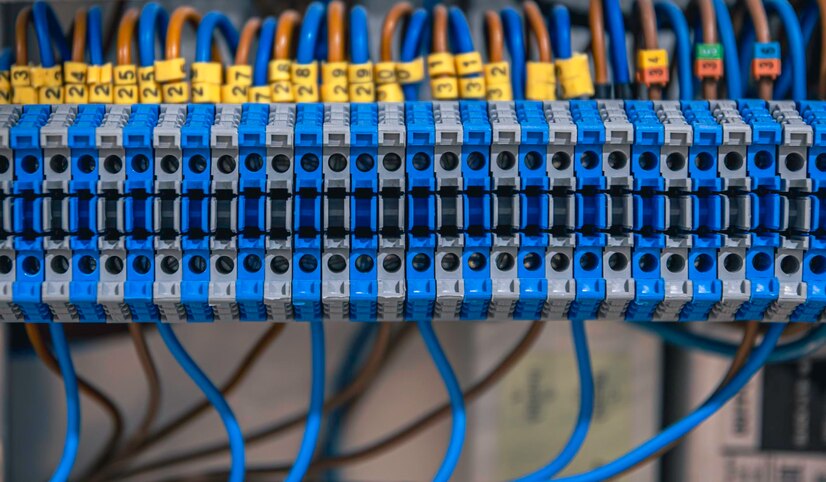
Is your business’s network a drag? The right networking components make a big difference in the way things run. With so many options out there, how will you know which ones are best for your case? From starting with a brand new network to upgrading an old one, it is certainly worth investing effort in getting things right. In the following sections, we’ll discuss how to choose the right network components that will keep your business running smoothly and effectively. So, are we all set to upgrade the network? Here we go!
Selecting the Right Networking Components
The first step in the process of finding the right network components for your business is to understand your particular needs.
- You would need to first consider the size of your business, and the number of devices to connect. The small business might do with an occasional router and modem setup whereas larger companies may require some sophisticated setups such as switches, dedicated servers, and firewalls.
- Think of the kinds of data you will be handling: In case of a high-speed transfer or very sensitive information, one must emphasize security and efficiency.
- The budget is highly important. You need to choose the components that will fulfill your requirements within a given budget.
- Then think of how scalable your solutions are: the idea is to make sure that your network can grow together with your business.
- By considering these aspects, you can select specific networking components that will provide you with a solid and secure yet efficient way in which your organization can do business.
Here’s a basic overview of all the various computer network components that, when combined, form a complete network.
1. Server
You probably know what a server looks like, even if you didn’t know what it was. Servers are important components of computer networks and are quite different from your run-of-the-mill desktop. These machines tend to be big, rectangular boxes, and dedicated servers are stacked together in server rooms or data centers.
It’s the network component that provides data, resources, programs, or services to other devices, like your desktop or laptop, through the network.
- Dedicated servers use all their resources just for one user.
- Shared servers share their resources with multiple users, which can sometimes slow things down.
2. Modem
Ever wonder what your modem does? A modem is one of the most important network components, connecting your personal computer or device to the internet. The term simply stands for Modulator/Demodulator and ensures that signals will be converted appropriately so that your data can stream through your network.
- Modulation turns analog signals into digital ones.
- Demodulation does the reverse, converting digital signals back into analog.
There exist different types of modems as well to suit various needs:
- External Modems: These connect to your computer and the phone line with cables.
- Internal Modems: These are built into your computer.
- Wireless Modems: No wires here! These modems transmit signals through the air.
- Optical Network Terminals (ONT): These are used in fiber-optic networks and help speed up communication with internet service providers.
3. Router
A router is one of the most important networking components in your system. If a modem connects your device to the internet, a router makes it possible to share that connection with multiple devices, creating your own private network.
Routers are responsible for routing data packets between devices and networks, ensuring the data gets to the right destination. Exists in two types – Wired routers or wireless ones, and by far the most common type these days are the latter. Some of these routers include:
- Broadband Router: These handle both internet connections and local network traffic, often supporting voice-over-IP (VOIP) phone systems.
- Wireless Routers: These routers allow you to connect multiple devices, such as smartphones, laptops, and tablets, all without the need for cables. Security features like passwords help keep your connection safe.
4. Gateway
A gateway is a networking component that serves as a “gate” between two different networks, allowing data to pass between them. Data is translated here from one format to be understood by another network’s device.
Gateways are crucial for connecting networks that use different protocols, and they’re often found at the edges of networks where data flows in and out.
5. Firewall
A firewall is another crucial component of a network. It guards your data against harmful traffic coming from the Internet, thus creating a barrier between your network and that traffic.
Hardware firewalls, which look similar to switches, scan both incoming and outgoing data for anything malicious. Most routers contain a built-in firewall nowadays. Sometimes, however, it is necessary or advisable to use individual hardware firewalls within a network.
6. Bridges
Imagine bridges as data traffic managers in larger networks. These network components connect two different segments of a LAN, which assists in organizing and forwarding data traffic.
Bridges are often used in high-traffic environments, such as airports or public hubs. They read the MAC addresses of data packets and determine whether to forward or discard them depending on their destination.
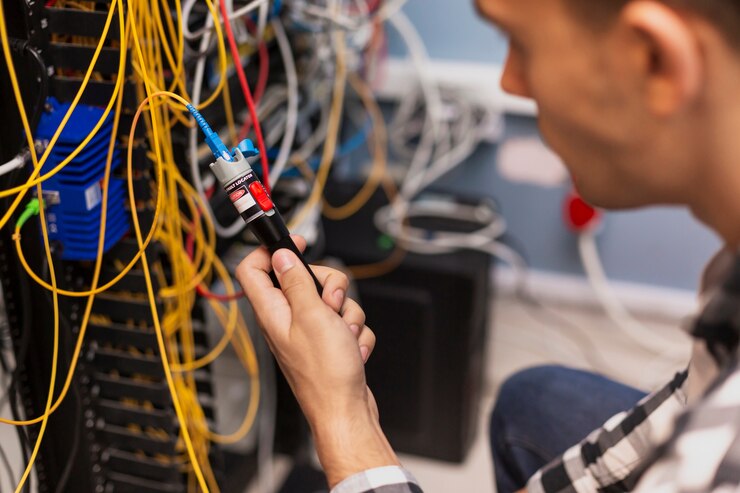
7. Network Interface Card (NIC)
Your Network Interface Card, or NIC, is an essential computer network component. Essentially, it enables your computer or server to link to a network. Without an NIC, you can’t access the internet or communicate with other machines.
There are two types of NICs:
- Internal NIC (Wired): This type is integrated into your computer’s motherboard and connects to the network through a physical cable.
- External NIC (Wireless): These are often used with laptops or desktops that do not have any built-in network cards. They connect either wirelessly or via a USB port.
8. Switch
A switch is an advanced network component that is an upgraded version of the old hub concept. Switches are common in large networks; they add additional ports to a router, therefore allowing more devices to be attached.
Switches are more efficient than hubs because they can interpret incoming data packets, understand where they are going, and forward them to the correct device without slowing down or compromising security.
9. Repeater
A repeater can help if your wireless signal is weak. They are small devices that boost signals to ensure that you have a strong, stable connection within your building or space.
They are commonly used in large areas where the original router cannot reach; they amplify signals and prevent connection drops as you move around.
10. Client
Last but not least, a client is any device that receives data or requests information from a server. So, your smartphone, laptop, or desktop is a client in a client/server network. Without clients, servers wouldn’t have anyone to serve, and computer networks wouldn’t exist!
Conclusion
That’s it! All these network components work together to create and maintain a functional computer network. Each one ensures that data can flow smoothly and securely across the system. And you know how cool it is for all these components to collaborate in such a way to keep everything connected—whether browsing the web, sending emails, or streaming shows. So next time you’re online, remember: there is a whole network of pieces working behind the scenes to make this happen. Cool, right?
Frequently Asked Questions (FAQs)
- What are the key computer network components?
The key computer network components include devices like routers, switches, cables, network interface cards (NICs), and wireless access points. - What are the main networking components required for setting up a network?
Main networking components include routers, switches, cables, network interface cards (NICs), and firewalls. - What are the different network components?
Different network components include hardware (routers, switches), software, and transmission media (cables or wireless signals). - How do computer network components work together?
They work together by facilitating data transfer and communication between devices through physical and logical connections. - How do I choose the right computer network components?
To choose the right components, consider factors like network size, required bandwidth, scalability, security features, and budget to ensure they meet your performance and growth needs.


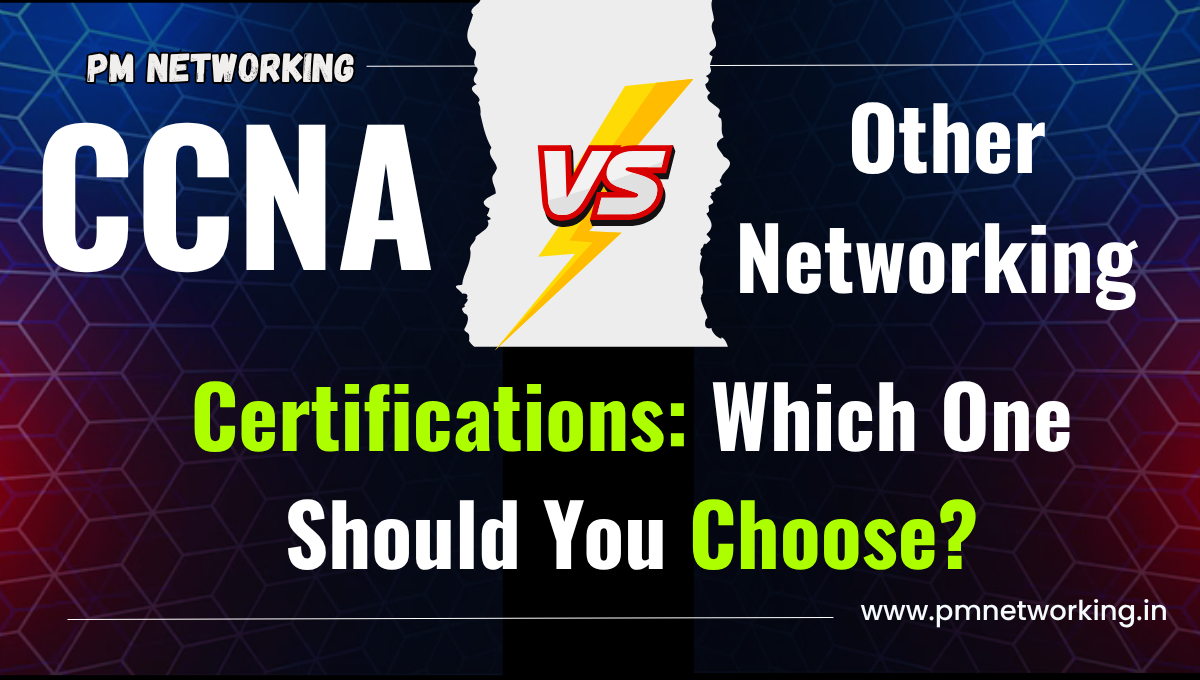
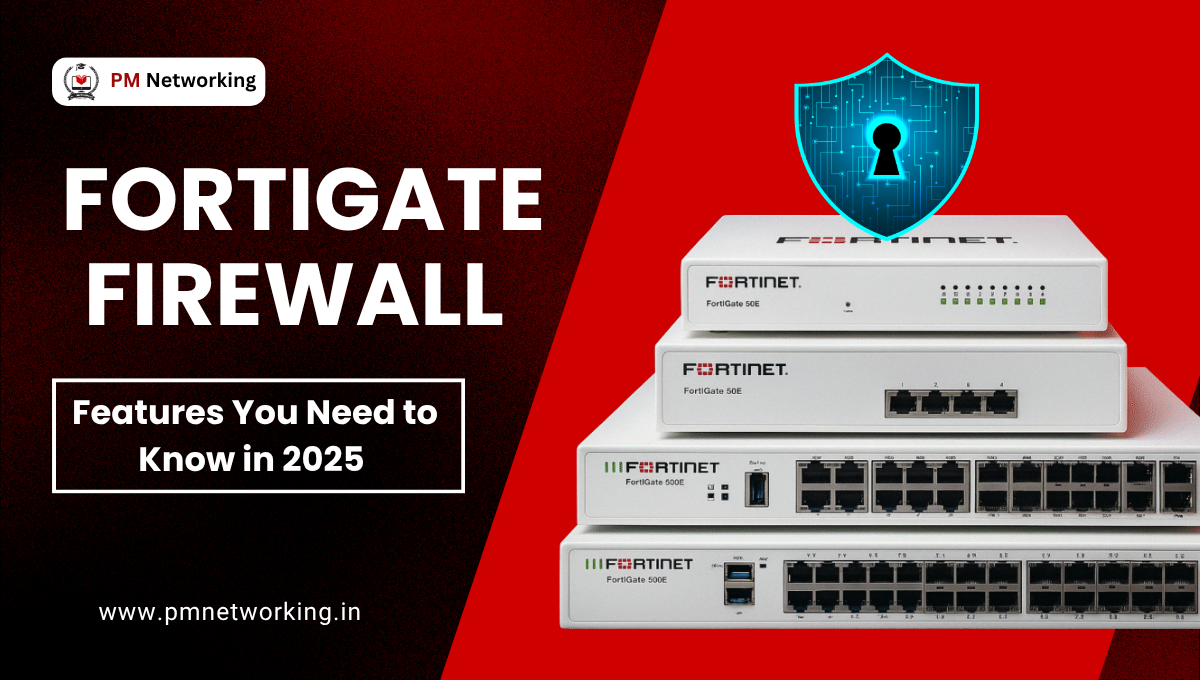
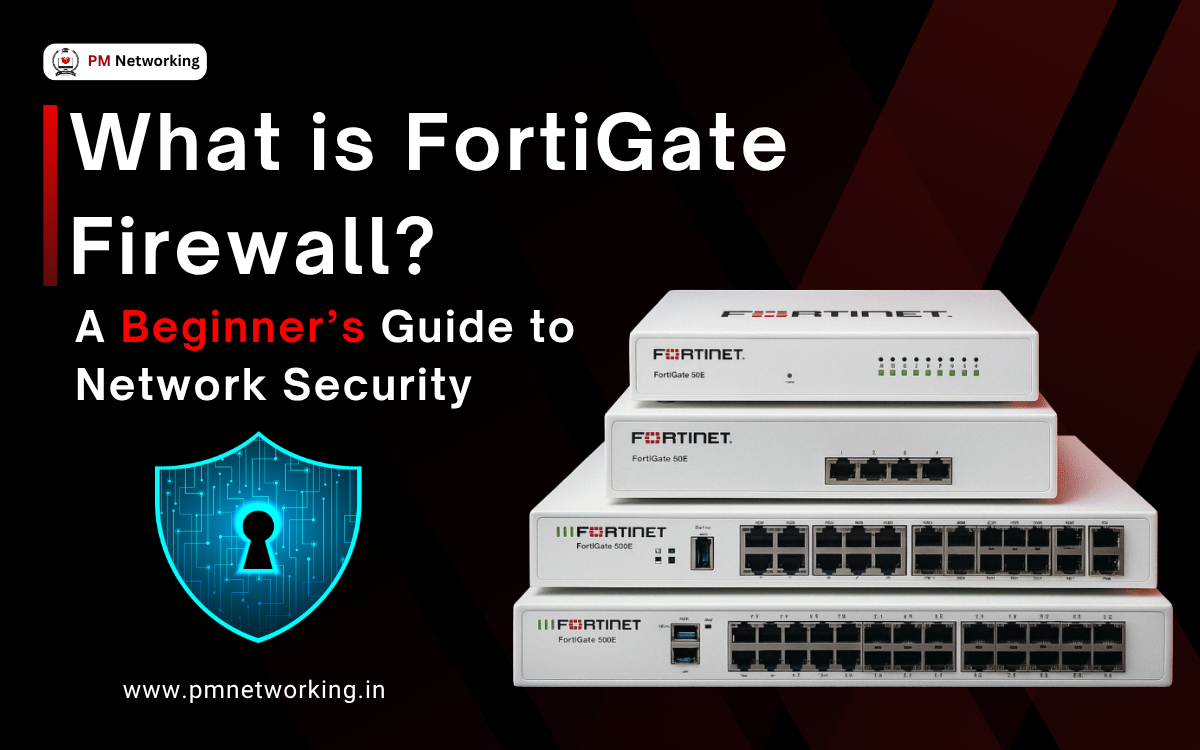


0 Comments